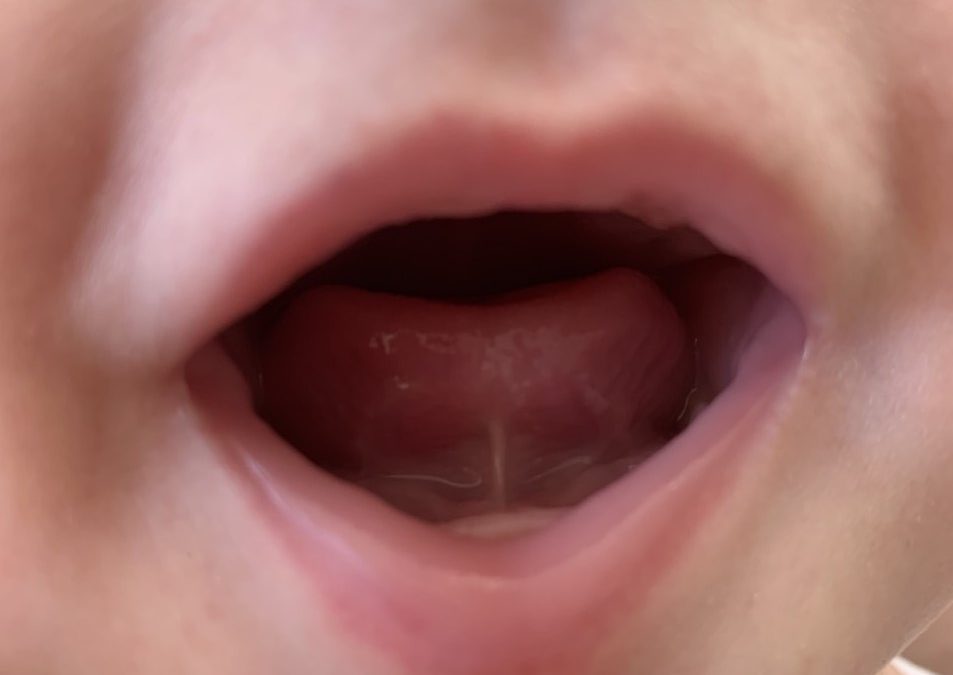What is a Tongue Tie?
A tongue tie, also known as ankyloglossia, is a condition in which the strip of skin beneath a baby’s tongue (the lingual frenulum) is shorter than usual, limiting the movement of the tongue. This condition can potentially affect a baby’s ability to breastfeed or bottle-feed effectively and can cause other issues as the child grows.
When a baby is diagnosed with a tongue tie and it is deemed necessary for the condition to be corrected, a medical procedure known as a “frenotomy” or “frenectomy” may be recommended. Here’s how it is typically done:
- Assessment: A healthcare provider, such as a pediatrician, dentist, or ear, nose, and throat (ENT) specialist, will assess the baby’s tongue tie to determine if it is causing problems with feeding or other potential issues.
- Consent: Parents will be informed about the procedure, its risks, and benefits, and they will have the opportunity to ask questions and provide informed consent for the procedure.
- Procedure: The actual procedure involves using sterile scissors or a laser to cut or release the tight band of tissue (the lingual frenulum) beneath the baby’s tongue. This is a relatively quick and minimally invasive procedure.
- Frenotomy: This is a simple and quick procedure where the frenulum is cut with scissors.
- Frenectomy: Similar to a frenotomy but often done with a laser, which can be less painful and result in less bleeding.
- Aftercare: After the procedure, the baby is typically allowed to breastfeed or bottle-feed immediately to help soothe them. There might be a little bleeding, but it usually stops quickly. Some babies may experience mild discomfort or irritation after the procedure, but this is generally temporary.
- Follow-up: Parents should be be instructed on how to perform exercises or stretches to prevent the frenulum from reattaching as it heals. Follow-up appointments with the healthcare provider should also be scheduled to monitor the baby’s progress and ensure that breastfeeding or feeding issues are improving.
It’s essential to have a trained healthcare professional perform the procedure, as they can assess the baby’s specific situation and determine if a frenotomy or frenectomy is necessary. Always consult with your child’s healthcare provider if you suspect your baby has a tongue tie or if you have concerns about feeding or tongue function.

